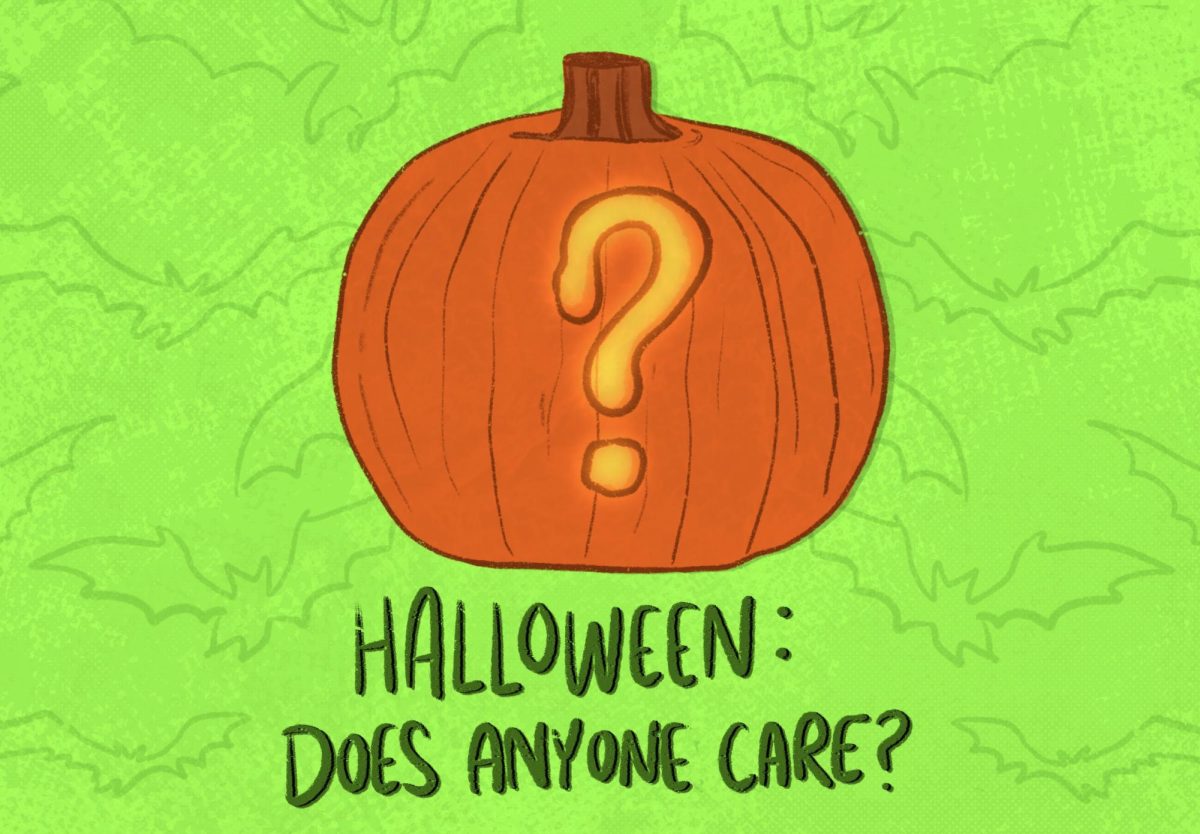Most students remembers taking standardized tests in high school. While we may not enjoy taking these tests, they provide a way to measure the quality of education that students in each school district receives.
Colleges, however, do not have these tests, making it more difficult to measure how well college students are performing across the country.
While there are many college ranking systems, most of these are determined by a school’s reputation and admissions-selectivity, not student improvement.
There are plans to develop some type of assessment for colleges to administer to determine how well students improve skills such as critical thinking and problem solving throughout their college years.
Although standardized tests are not a perfect measurement of how students are performing, they can provide a general idea of how well a school is doing to improve students’ critical thinking and problem-solving abilities.
With college tuition rates steadily rising, it can be helpful to know how a school’s education compares to other schools across the nation. Going to college is a huge investment, and it would be beneficial to have a standardized way to compare the value of different schools.
According to a recent article published in The New York Times, there are three tests in use by more than 300 state colleges that are in a group called the Voluntary System of Accountability.
There is the Educational Testing Service (ETS) Proficiency Profile, the Collegiate Assessment of Academic Proficiency and the Collegiate Learning Assessment.
These assessments, similar to ones given in high school, test critical thinking, reading, writing and mathematics.
Not only can these assessments help to compare schools, but it can be a tool to show which area an institution needs to improve upon.
However, there can certainly be flaws in administering standardized tests to college students. Once students enter college, learning becomes more specialized as students declare areas of study.
As a result, some students end up taking more science and math courses, while others take more English and humanities courses.
At the same time, showing which areas students test stronger in at each school shows what types of students attend that school. Someone who wants to major in biology could look for a school that tested higher in critical thinking and mathematics.
Another potential problem is that it may be difficult for every four-year college in the country to administer these tests to their students on top of all the other exams they have to take.
While no assessment is perfect, it seems that some sort of standardized test could be helpful for students choosing a college and for educators to improve educational systems.
-The Review Editorial Board






